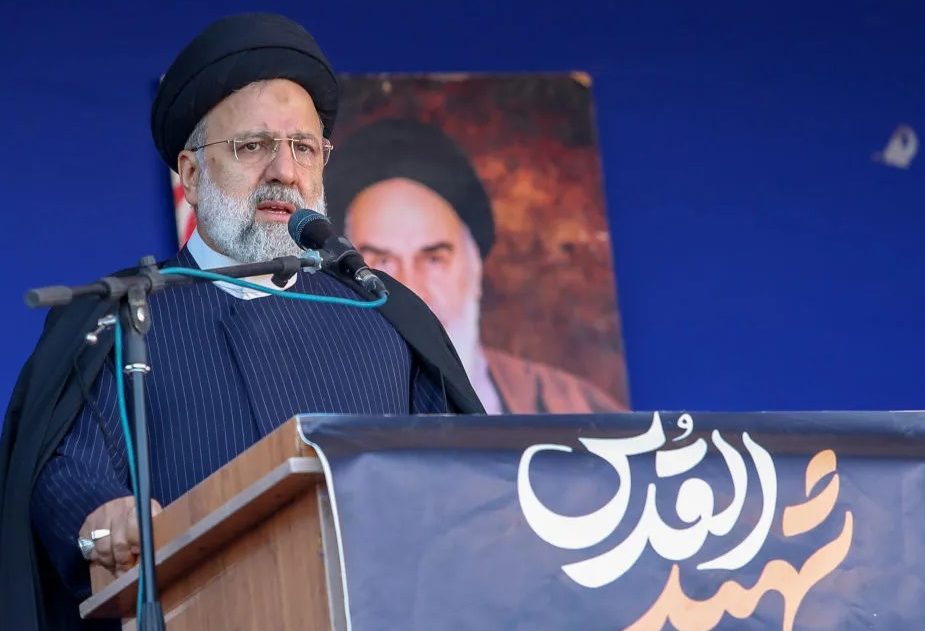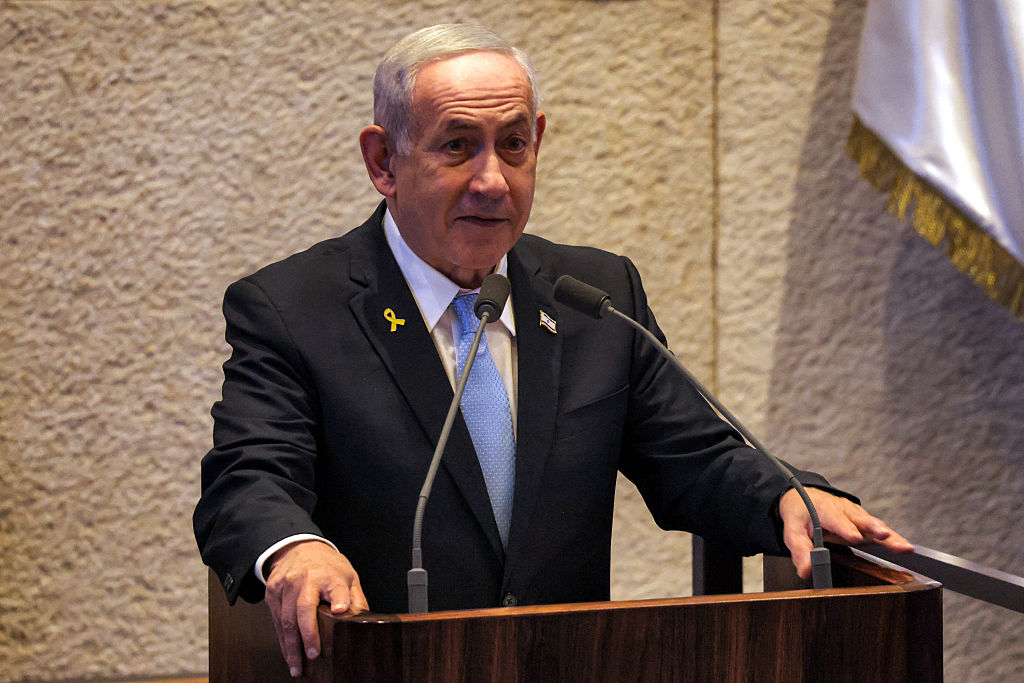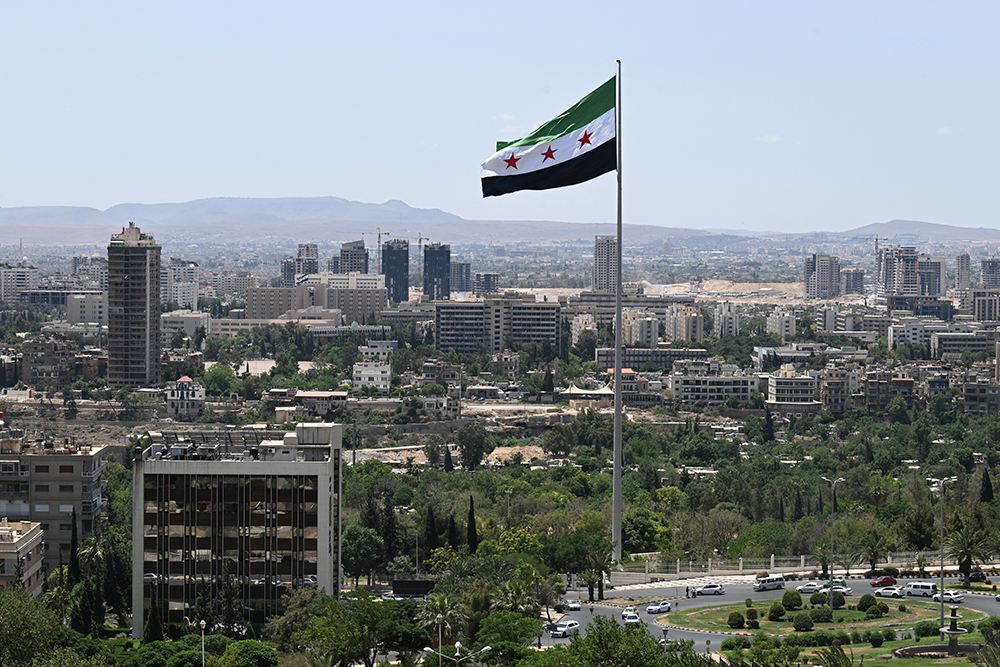The latest American drone strike in Iraq, which killed the commander of a powerful Iranian-backed militia group, is one more dangerous escalation in the increasingly unpredictable Middle East conflict. The US strike in the Iraqi capital Baghdad targeted Wisam “Abu Baqer” al-Saadi — a senior leader of Kataib Hezbollah, which the Pentagon blames for the attack that led to the deaths of three American soldiers in Jordan last month.
The rationale for the American retaliation is clear enough. It sends a powerful message that Washington will punish attacks on US forces in the region, using every means to hunt down those responsible. Everyone and everything — from military leaders to infrastructure — will feel the full force of American military might. Even so, the dangers of this approach are equally clear.
The mullahs in Tehran will be congratulating themselves
America is being pulled step by step into the quagmire of a prolonged and unpredictable war against Iranian-backed militia groups in Iraq, Syria and Yemen. Washington’s attempts to downplay the threat of a wider regional conflict become more difficult with each military blow it strikes. And retaliatory strikes are no substitute for a wider Middle East strategy, which continues to elude the Biden administration.
The problems are multiplying rather than receding. Iraqi government officials were not notified in advance of the latest drone strike, prompting fury in Baghdad. This may have unwelcome consequences. There are some 2,500 US personnel in Iraq, ostensibly there to help combat the threat of Islamic State. The American presence relies on the permission of the Iraqi government, and there are already angry demands in some quarters for the withdrawal of US troops from the country. Such a retreat would be a strategic disaster for Washington in an already volatile region.
The American military action has echoes of the 2020 drone strike in Baghdad that killed Iran’s Quds Force leader, General Qassem Soleimani. That was a response to growing attacks on American forces and an assault on the US embassy in Baghdad. Yet the removal of Soleimani has done little in the long run to stop Iran-backed militias from operating. It is naive to think that chopping one head off these multi-headed militia groupings will deter Tehran for long.
The bigger problem for the Americans is that their forces in the region resemble a sitting duck target for the motley array of militia groups ranged against them. As well as the 2,500 personnel stationed in Iraq, the US has around 900 troops in north-eastern Syria. The troops in Syria are partly there to help combat Iran’s military build-up in the area. Jordan hosts hundreds of US personnel, mostly involved in training local forces. America has approximately 30,000 troops scattered across the Middle East, including in Saudi Arabia, Bahrain, Kuwait and the United Arab Emirates.
The deployment leaves US forces exposed across a wide geographical terrain, guarding against an increasing number of threats from multiple non-state actors. In all, American troops have been targeted more than 170 times across the region since the four-month-old Gaza war started in October. The drone strike in Baghdad forms part of what the Biden administration has described as a “multi-tiered” response to these attacks. The US military struck eighty-five targets in Syria and Iraq last weekend: weapons storage facilities as well as command and control centers used by the militias were also struck. The US has also been attacking the Houthi in Yemen to deter the rebel group’s ability to fire on vessels in the Red Sea.
The difficulty Biden faces is how to combat the activities of the militias while avoiding a direct conflict with Iran. This is something both America and Iran insist they do not want. Yet it is hard to avoid the suspicion that the Iranian tail is wagging the American dog in the Middle East. The mullahs in Tehran will be congratulating themselves that America — and president Joe Biden — is getting dragged ever deeper into the Middle East by fighting a war with Iranian-backed militias on their own territory.
This article was originally published on The Spectator’s UK website.


























Leave a Reply